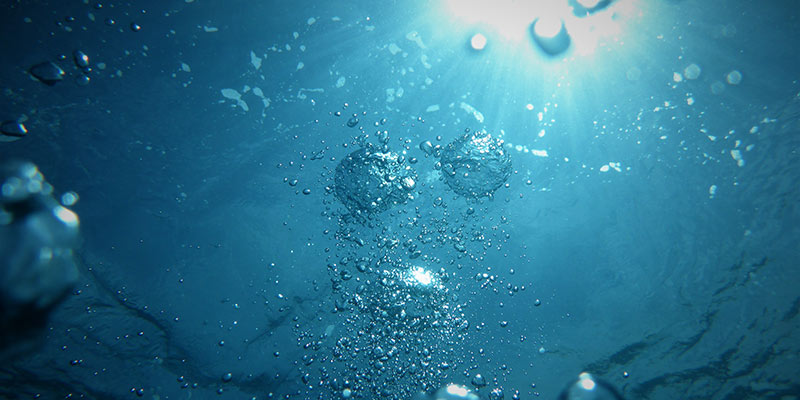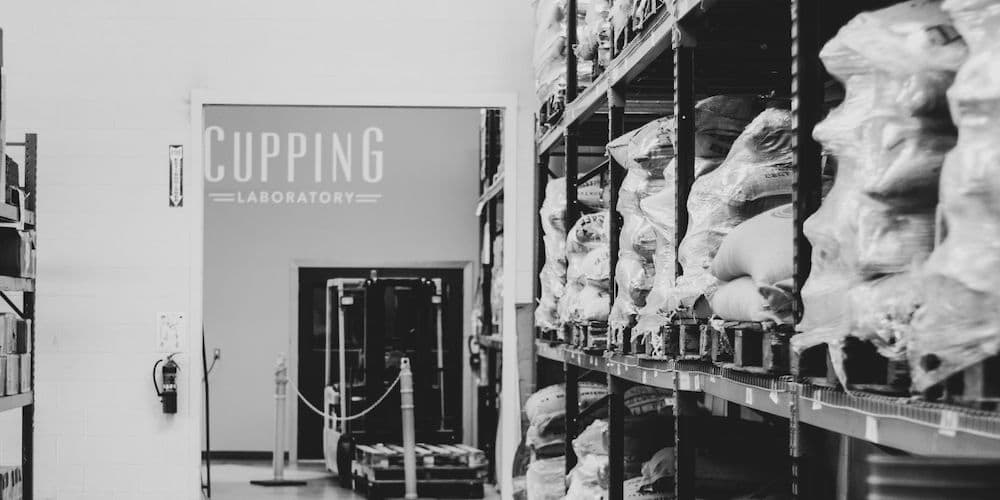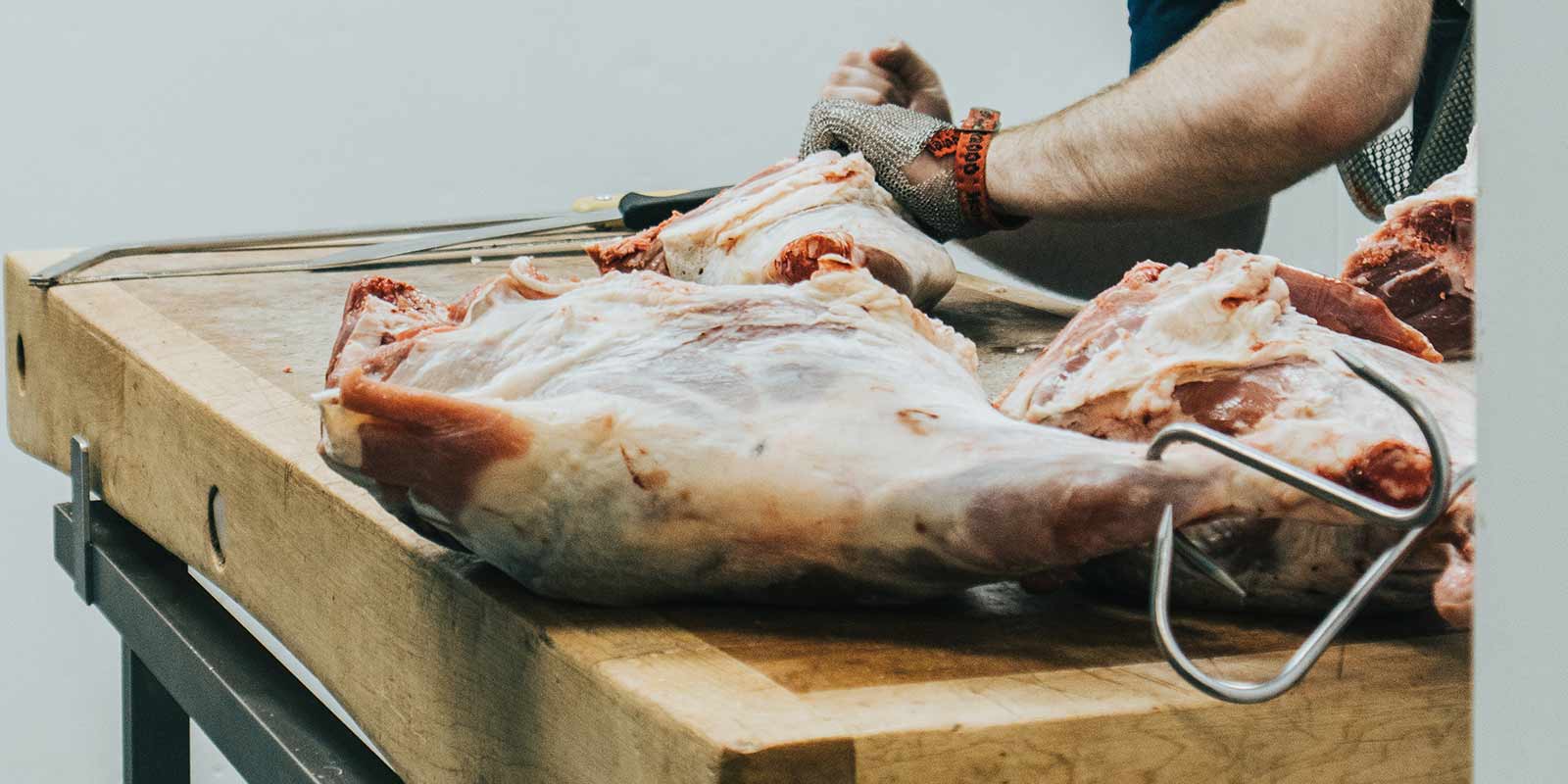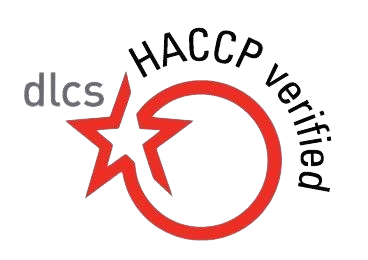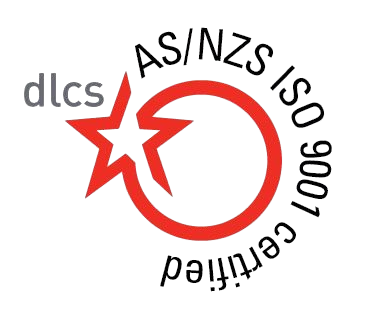Maintaining a clean and sanitised poultry processing environment is essential for ensuring food safety, preventing cross-contamination, and complying with stringent health regulations. The frequency and methods of cleaning vary based on several factors, including production volume, facility size, product type, and environmental conditions.
Daily Cleaning
- High-Risk Areas: Focus on cleaning areas that come into direct contact with raw poultry, such as cutting boards, knives, and utensils, to prevent cross-contamination.
- Equipment and Surfaces: Wipe down surfaces and equipment after each use to remove residues and prevent bacterial growth.
- Personal Hygiene: Ensure that all personnel adhere to strict hygiene practices, including handwashing and wearing appropriate protective gear.
Weekly Cleaning
- Deep Cleaning: Conduct a thorough cleaning of floors, walls, and equipment to eliminate any bacterial buildup that may have accumulated over the week.
- Drains and Vents: Clean and sanitise floor drains and ventilation systems to prevent the growth of bacteria and other pathogens.
- Storage Areas: Sanitise storage areas for raw and processed poultry to maintain cleanliness and prevent contamination.
Monthly Cleaning
- Ventilation Systems: Inspect and clean ventilation systems to ensure proper airflow and to prevent the accumulation of dust and bacteria.
- Hard-to-Reach Areas: Perform deep cleaning of areas that are not regularly accessible, such as behind equipment and under storage units.
- Pest Control: Check for signs of pests and implement control measures as necessary to maintain a pest-free environment.
Quarterly Cleaning
- Preventative Maintenance: Conduct a comprehensive inspection of all equipment and infrastructure to identify and address potential issues before they lead to contamination.
- Training and Audits: Review cleaning protocols with staff and conduct audits to ensure compliance with hygiene standards and regulations.
Factors Influencing Cleaning Frequency
- Production Volume: Higher production rates increase the likelihood of contamination, necessitating more frequent cleaning.
- Facility Size: Larger facilities may require more time and resources to clean effectively, potentially altering cleaning schedules.
- Product Type: Raw poultry products require stricter cleaning regimes compared to pre-cooked or packaged items.
- Environmental Conditions: Seasonal variations and atmospheric conditions can influence cleaning requirements, as warmer temperatures may promote bacterial growth.
By adhering to a structured cleaning schedule and considering the specific needs of your facility, you can maintain a hygienic environment that ensures the safety and quality of poultry products.


